Belgian designers turn to the soil for a sensory story in Milan
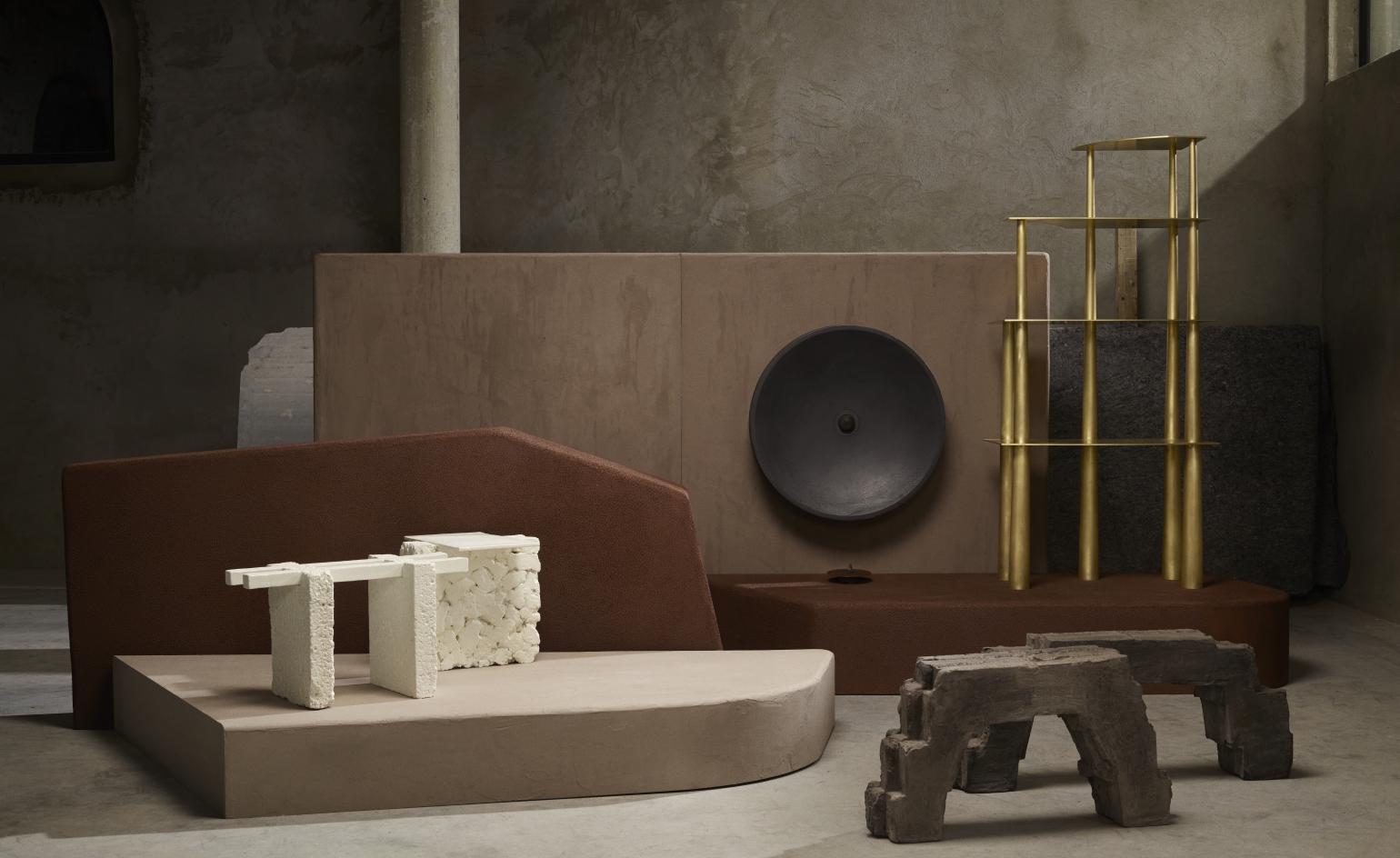
When Brut, a Belgian collective of emerging designers bound by shared aesthetics, presented their concerted scenography at Milan’s Salone del Mobile last year, they were met with much interest. ‘Despite our location just outside the busy Isola, we had a really great natural selection of visitors who came expressly for us,’ says Linde Freya Tangelder, a founding member who is also one of Brut’s four participants for this year’s iteration.
One of those eager visitors was Antoine, a Belgian company specialised in verisimilar, textured architectural finishes. ‘We share a sensory approach’, explains Charlotte Jonckheer, another Brut member. Brut and Antoine’s similar sensibility led to their collaboration on all materials and on the scenography for this year’s presentation at Salone del Mobile, titled ‘Bodem’, Dutch for soil. ‘Last year, we worked around charcoal, but this time we looked towards soil, which required a softer and warmer approach that Antoine could offer.
More specifically, they considered the treasure-rich soil of Tongeren, the location of Belgium’s oldest Gallo-Roman settlement. ‘We initially had the idea to look at raw materials and construction materials there,’ says Tangelder. ‘We were then drawn to the finds excavated on this archeological site; like utensils and frescos. We scoured through boxes and boxes in the archive that contained objects from the Roman Era as well as the Middle Ages.’
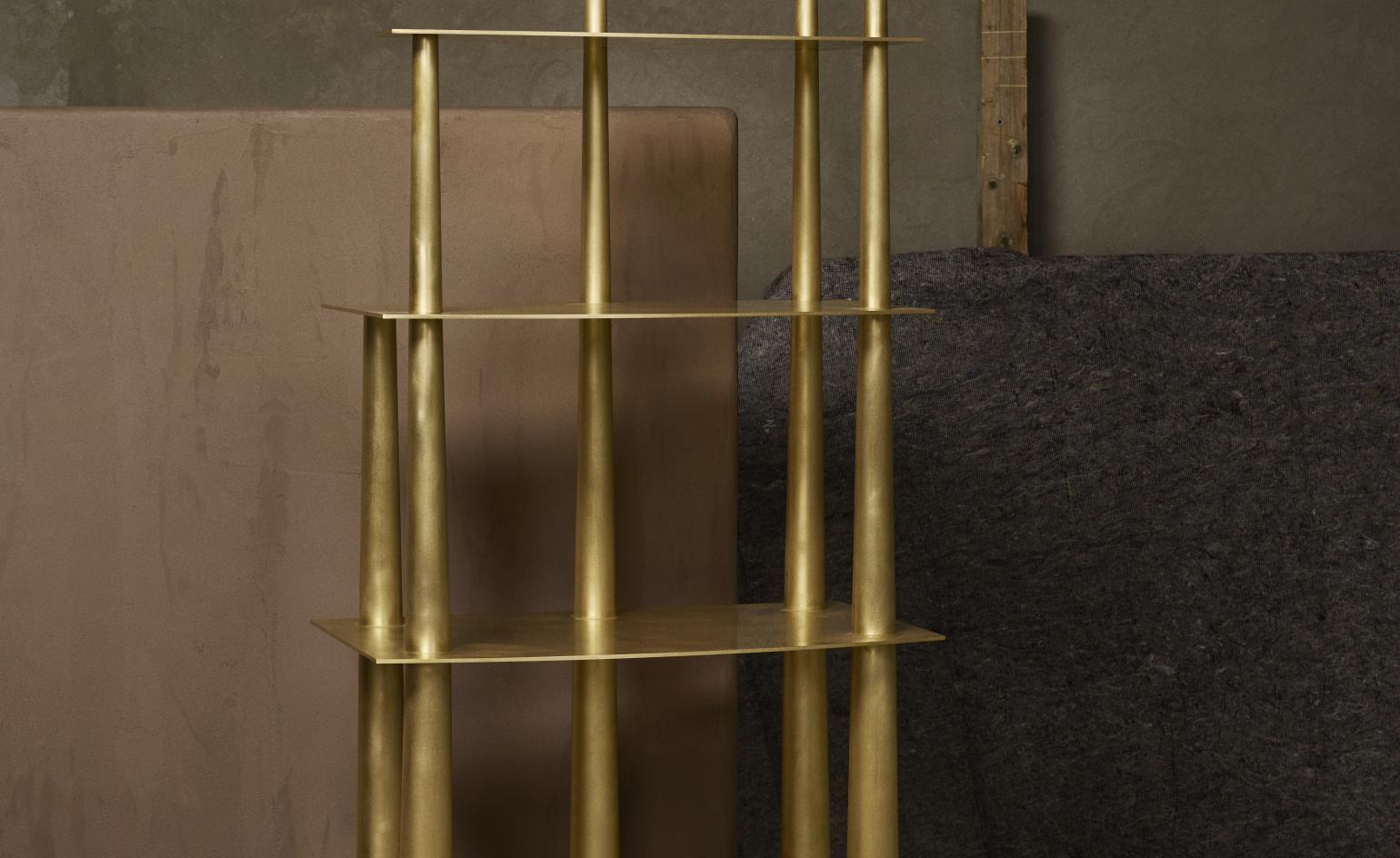
Design by Linde Freya Tangelder
The museum where they conducted their research, Teseum, is located within a basilica at the highest point of the city – itself a structure built upon the ruins and foundations of seven prior church structures.
‘It’s here that we were drawn to the layered characteristics of soil,’ says Jonckheer. Often, the Roman layer was pulverised to make mortar, for example. We were interested in the stratification of the soil, which in turn inspired our scenography for Salone.’ One of Brut’s strengths is that they contextualise the objects they design within a scenography, reinforcing the aesthetics of each individual designer.
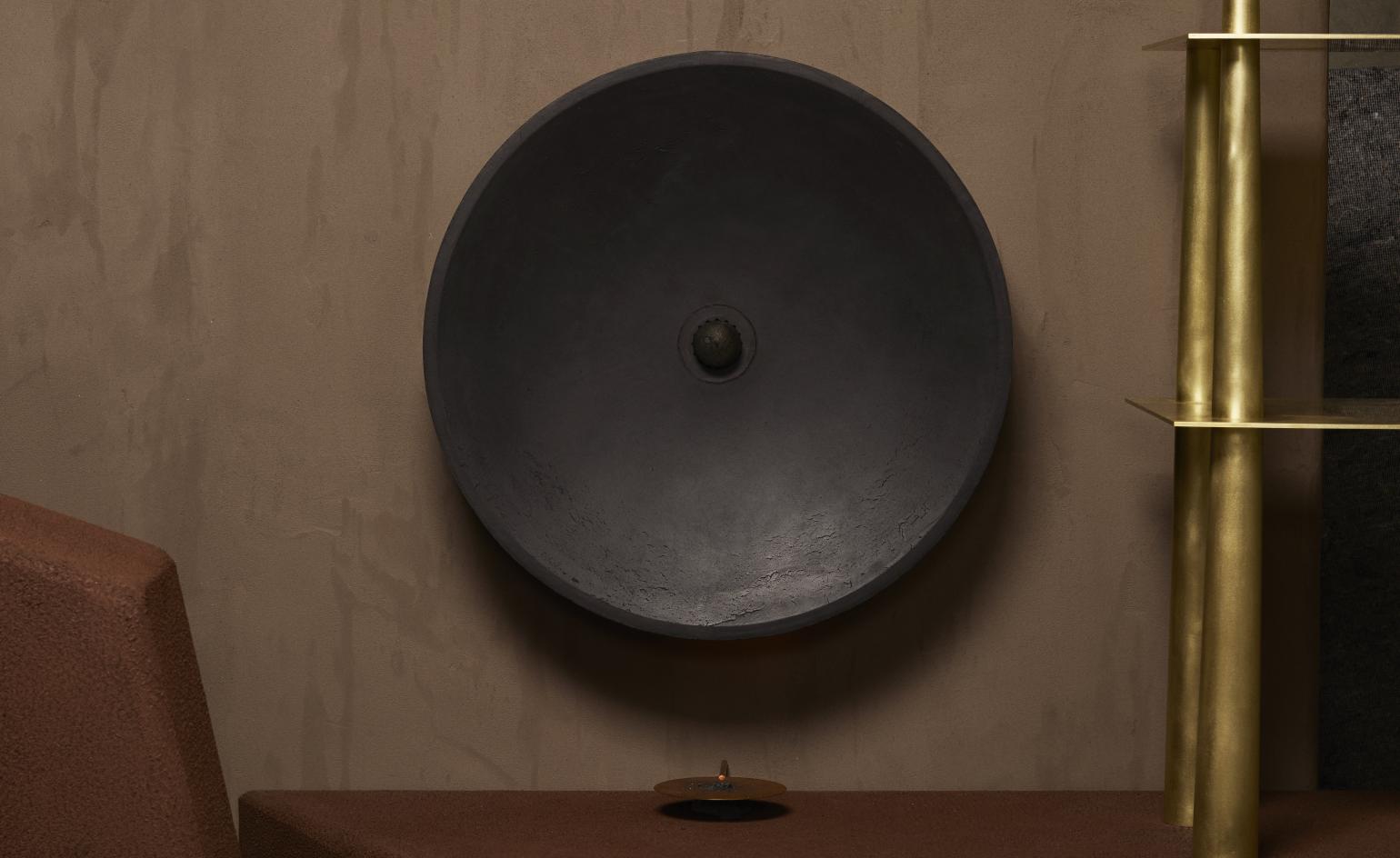
Design by Nel Verbeke
The negative shapes, which the Roman foundations take on while being excavated, provided the basis for the scenography ‘Bodem’. The show will be presented at Studio Maraniello, a white cube gallery that contrasts strongly with the earthy tones of their thematic scenography in which each of the four participants present two objects.
On the nuanced clay and chalk-coloured plinths, Nel Verbeke shows tall vases made of a Jesmonite and earth mixture, a poetic translation of the amount of rain fallen during a defined period of time and specific place. Reflecting Jonckheer offers a hand-knotted carpet inspired by effect of the wind’s movement on the soil. Bram Vanderbeke continues the fascination with negative shapes through his textured concrete structures, while Tangelder experiments further with brick as an end product, incorporated as a backrest into an aluminium chair.
‘For this edition, we focused even more on the whole as a practically implementable part of the presentation,’ says Jonckheer. ‘Sometimes objects are presented by an outside party, in a decontextualised way – we take control of the story and the context, which seems to intrigue.’
INFORMATION
Bodem is on view 9-14 April. For more information, visit the Brut website and the Antoine website
ADDRESS VIEW GOOGLE MAPS
Bodem
Studio Maraniello
Viale Stelvio, 66
Wallpaper* Newsletter
Receive our daily digest of inspiration, escapism and design stories from around the world direct to your inbox.
Siska Lyssens has contributed to Wallpaper* since 2014, covering design in all its forms – from interiors to architecture and fashion. Now living in the U.S. after spending almost a decade in London, the Belgian journalist puts her creative branding cap on for various clients when not contributing to Wallpaper* or T Magazine.
-
 All-In is the Paris-based label making full-force fashion for main character dressing
All-In is the Paris-based label making full-force fashion for main character dressingPart of our monthly Uprising series, Wallpaper* meets Benjamin Barron and Bror August Vestbø of All-In, the LVMH Prize-nominated label which bases its collections on a riotous cast of characters – real and imagined
By Orla Brennan
-
 Maserati joins forces with Giorgetti for a turbo-charged relationship
Maserati joins forces with Giorgetti for a turbo-charged relationshipAnnouncing their marriage during Milan Design Week, the brands unveiled a collection, a car and a long term commitment
By Hugo Macdonald
-
 Through an innovative new training program, Poltrona Frau aims to safeguard Italian craft
Through an innovative new training program, Poltrona Frau aims to safeguard Italian craftThe heritage furniture manufacturer is training a new generation of leather artisans
By Cristina Kiran Piotti
-
 Eight designers to know from Rossana Orlandi Gallery’s Milan Design Week 2025 exhibition
Eight designers to know from Rossana Orlandi Gallery’s Milan Design Week 2025 exhibitionWallpaper’s highlights from the mega-exhibition at Rossana Orlandi Gallery include some of the most compelling names in design today
By Anna Solomon
-
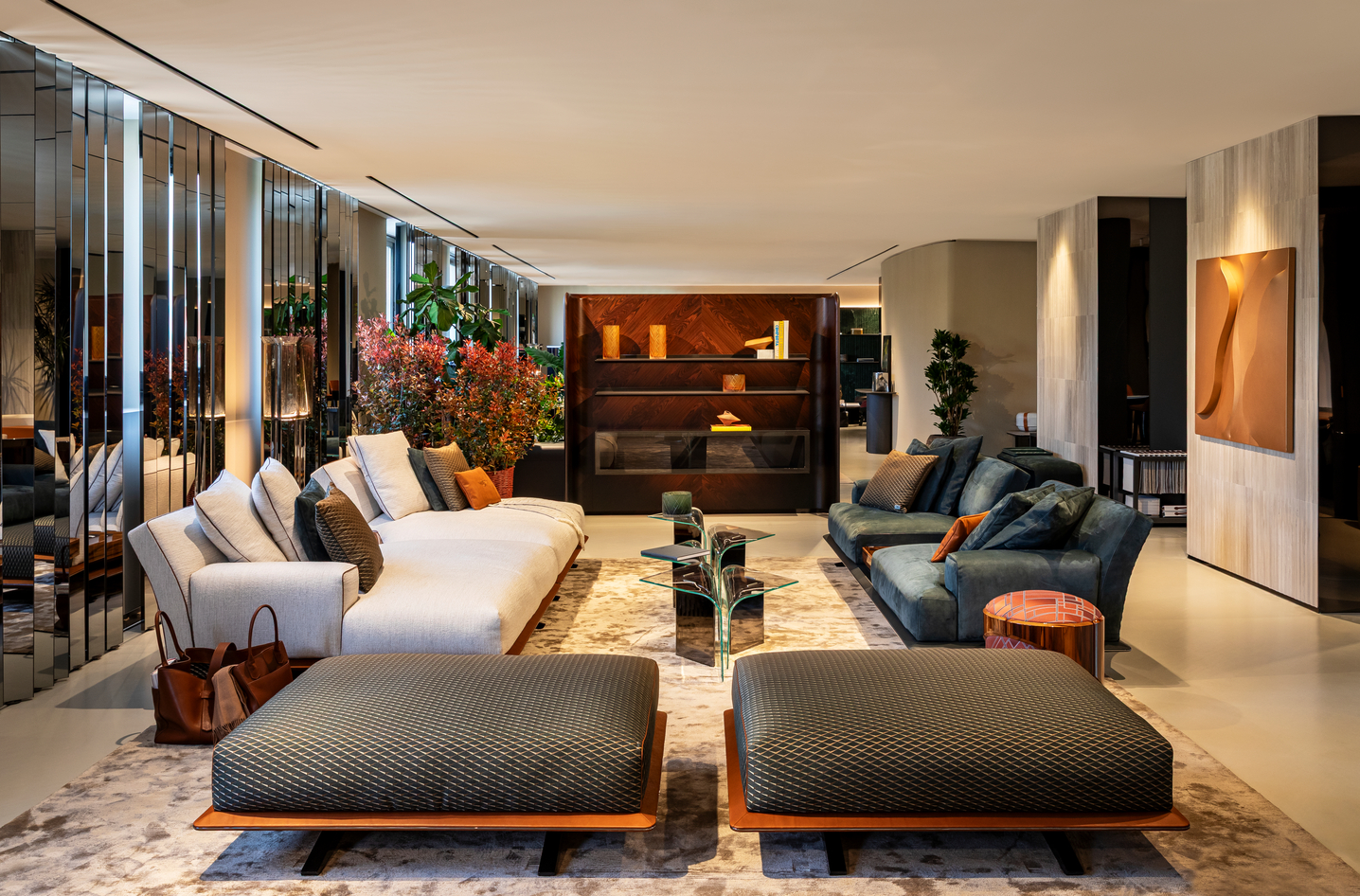 Bentley’s new home collections bring the ‘potency’ of its cars to Milan Design Week
Bentley’s new home collections bring the ‘potency’ of its cars to Milan Design WeekNew furniture, accessories and picnic pieces from Bentley Home take cues from the bold lines and smooth curves of Bentley Motors
By Anna Solomon
-
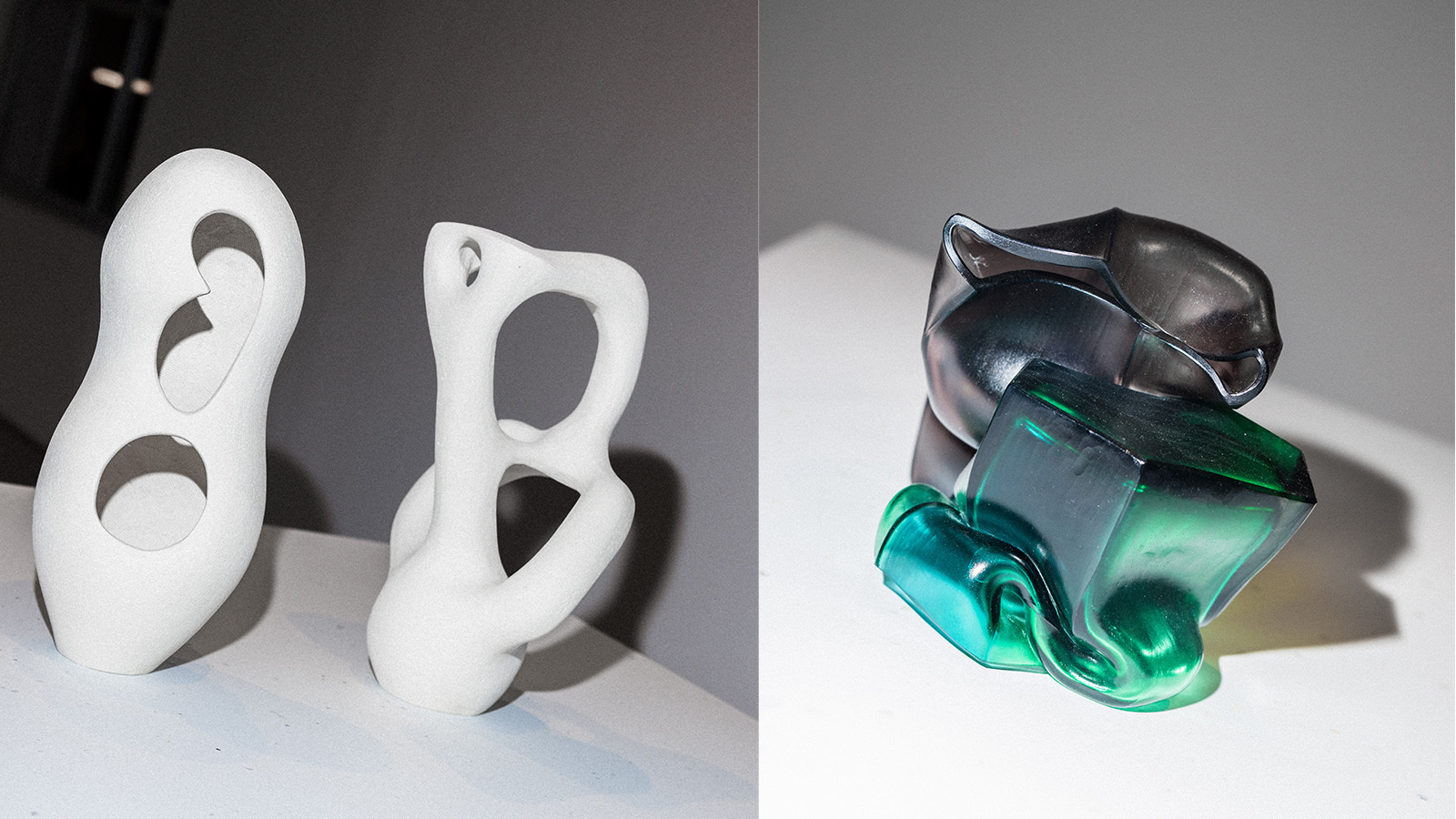 StoneX partners with Wallpaper* for material alchemy at Milan Design Week and beyond
StoneX partners with Wallpaper* for material alchemy at Milan Design Week and beyondThe natural stone purveyor teams up with Wallpaper* for a three-year partnership of material adventures, starting with an exhibition at Triennale di Milano
By Simon Mills
-
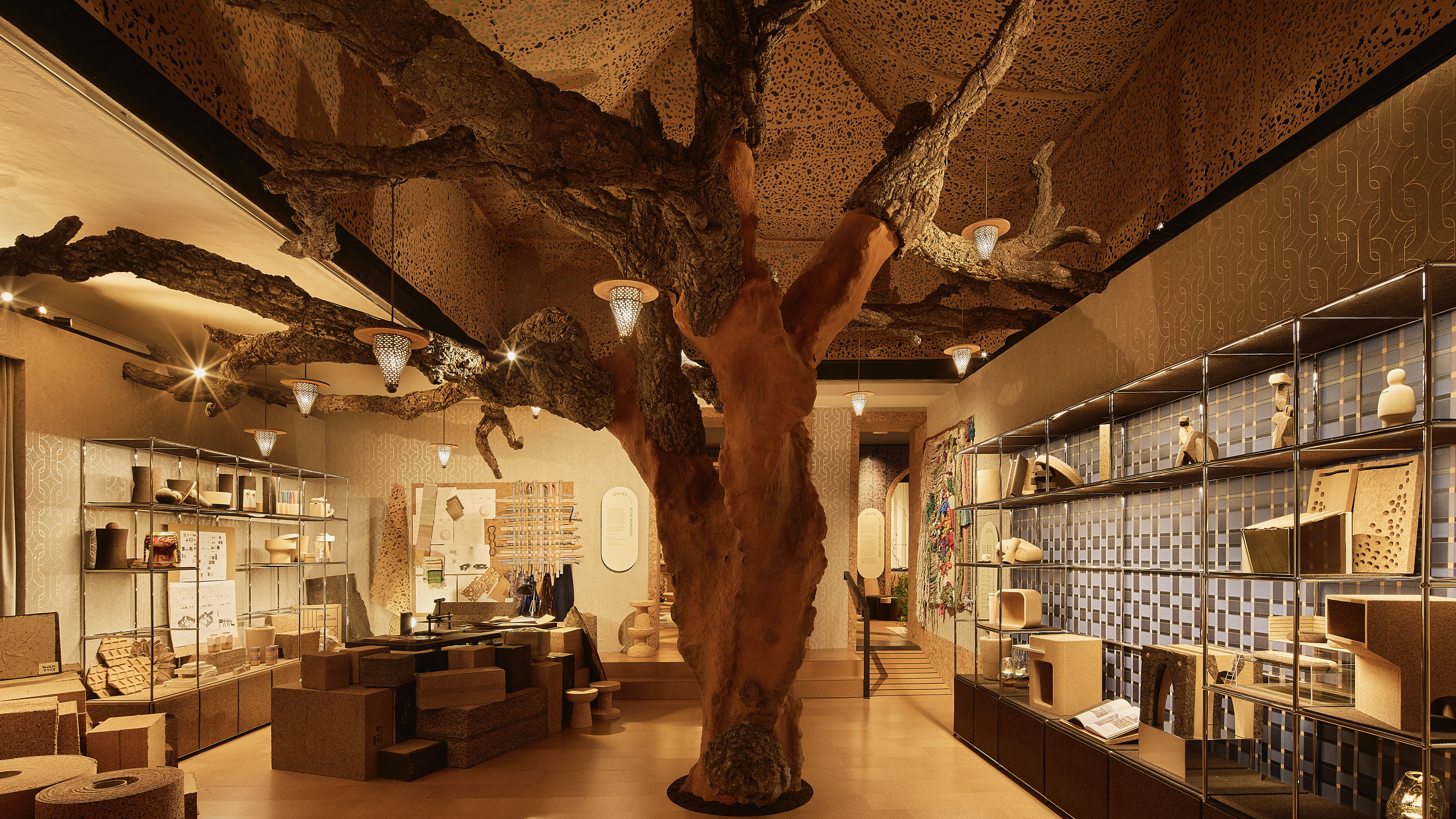 David Rockwell’s Milan Design Week presentation is a love letter to cork
David Rockwell’s Milan Design Week presentation is a love letter to corkRockwell Group’s Casa Cork installation showcases this under-appreciated material, which is infinitely recyclable and sequesters carbon for decades
By Anna Solomon
-
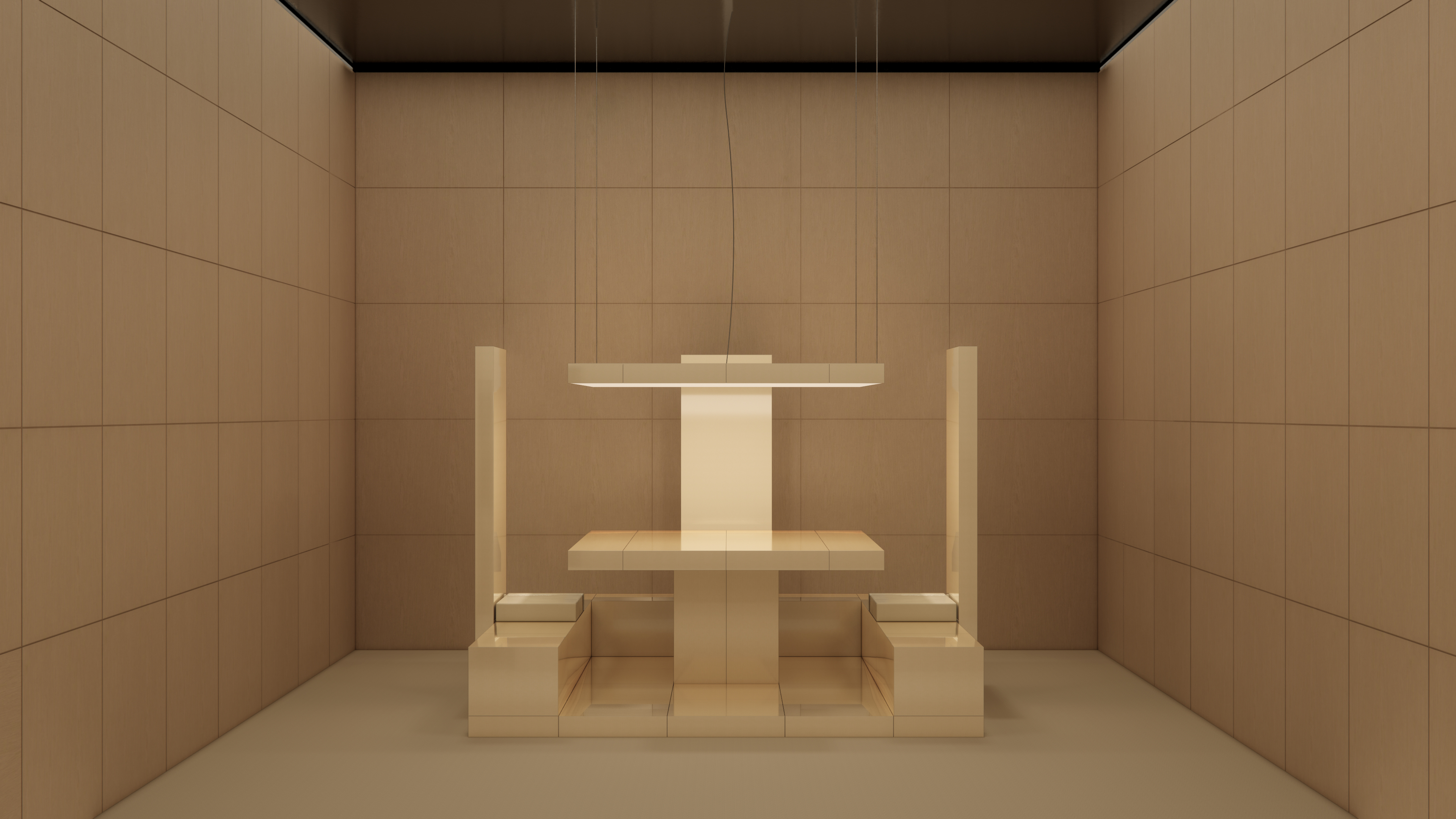 Emerging galleries to discover during Milan Design Week
Emerging galleries to discover during Milan Design WeekWallpaper’s Milan editor has the inside track on the younger design galleries coming to town
By Laura May Todd
-
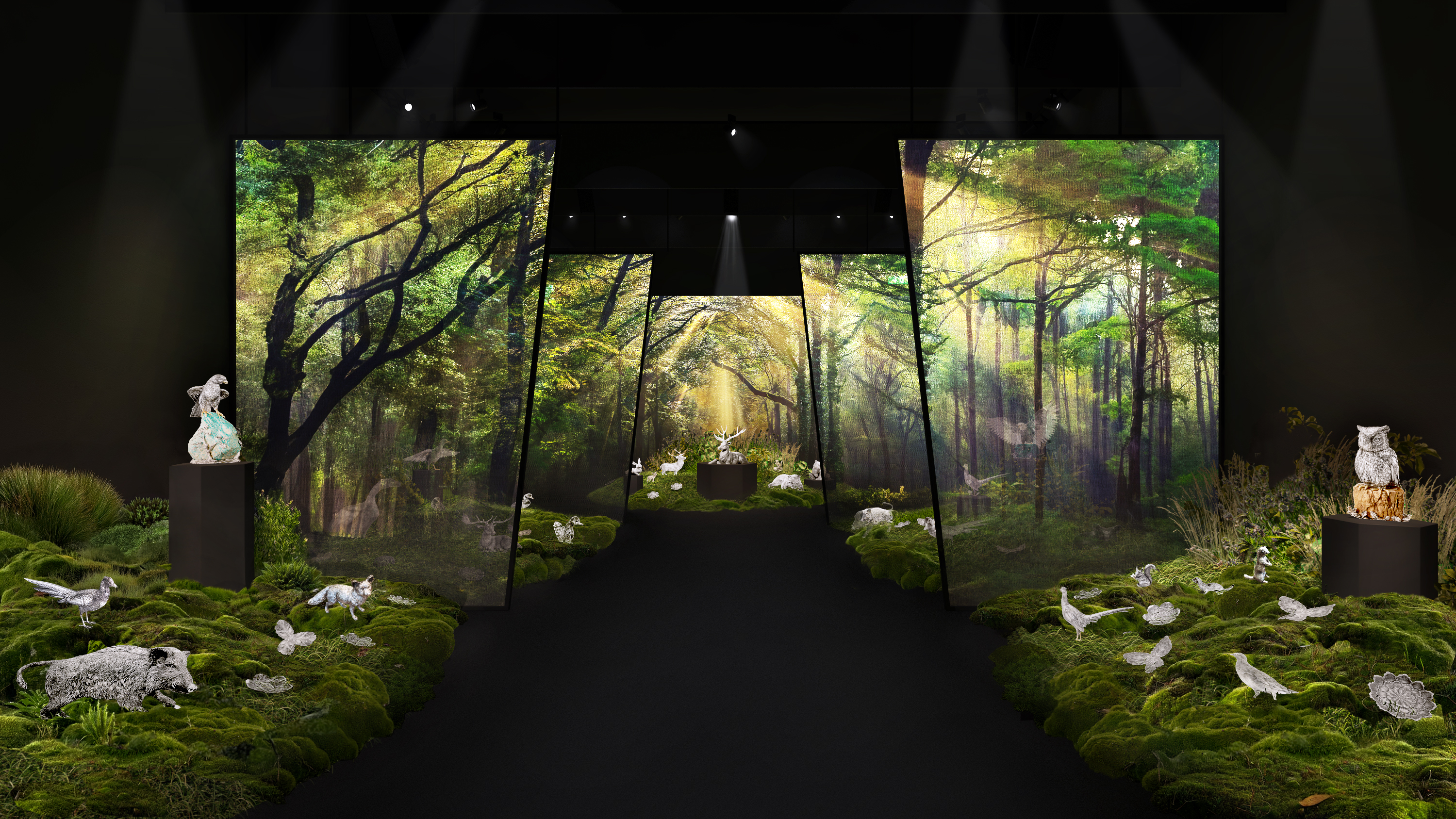 Buccellati brings the forest and Furry Animals to Milan Design Week
Buccellati brings the forest and Furry Animals to Milan Design WeekThe jewellery and silverware maison falls back on tradition for its Milan showcase, presenting its now-emblematic collection of intricately crafted creatures
By Laura May Todd
-
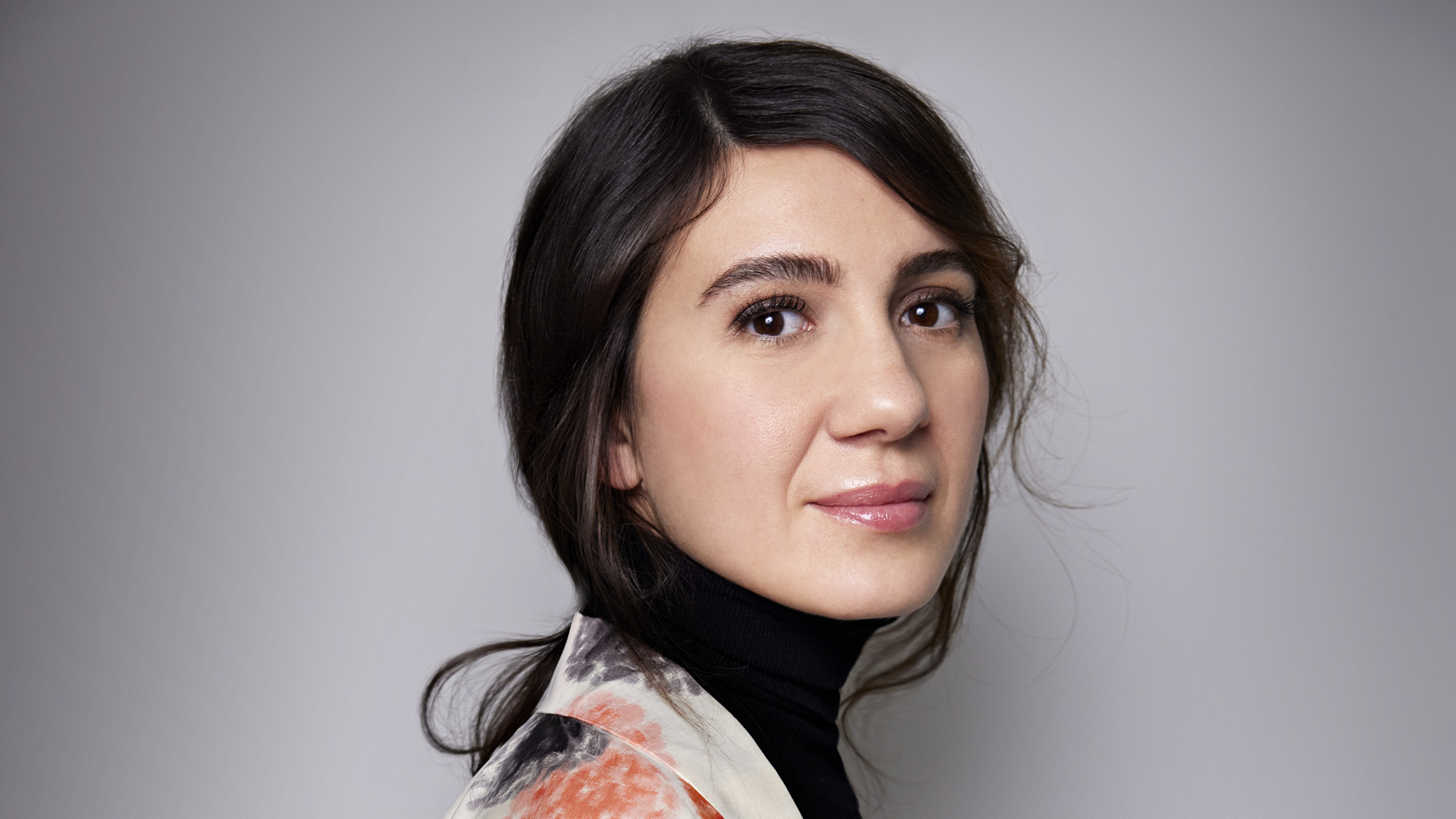 Where next for Salone del Mobile? Maria Porro on the future of the world’s biggest furniture fair
Where next for Salone del Mobile? Maria Porro on the future of the world’s biggest furniture fairAhead of Salone del Mobile 2025 in Milan, we sit down with its president to talk design, data and forging the event’s future in a fast-changing world
By Hugo Macdonald
-
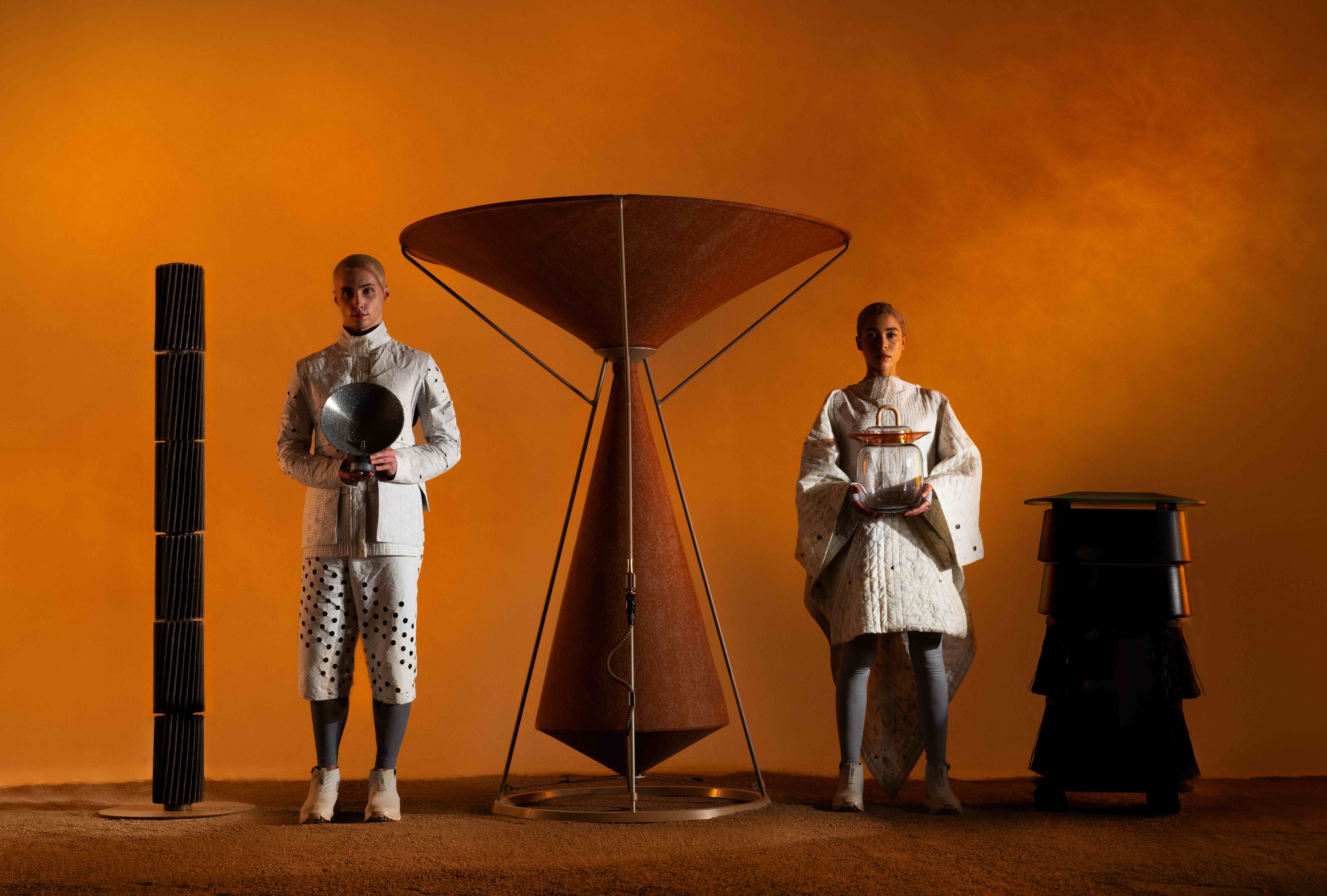 What to see at Milan Design Week 2025
What to see at Milan Design Week 2025A guide to some of the events the Wallpaper* team is checking out at Milan Design Week (7–13 April) – from public installations and major launches to standout venues and must-see exhibitions
By Hugo Macdonald